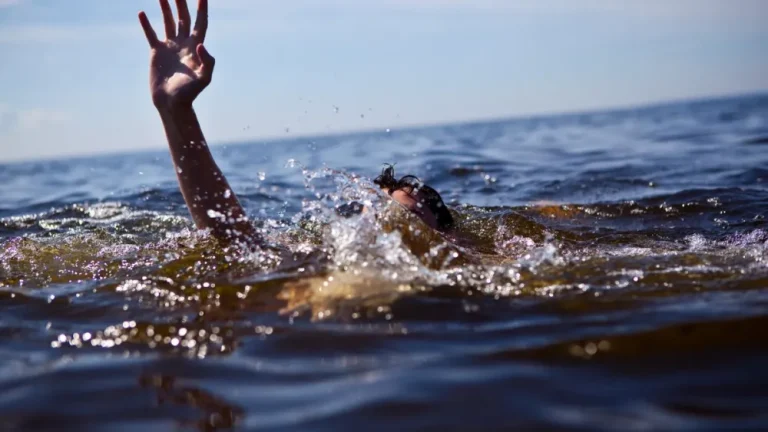It is hard to imagine how it would be, suffocating in water, trying so hard to breathe but your airways are blocked by the water, and then lack of oxygen kicks in leading to cardiac arrest.
According to World Health Organisation (WHO), 30 people in every hour, live their last minutes through this ordeal.
Data released in 2021 show that 300,000 people died by drowning.
WHO states that almost half of all drowning deaths occur among people below the age of 29 years, and a quarter occur among children under the age of five years.
The organisation warns that children without adult supervision are at an especially high risk of drowning.
WHO Director-General Dr Tedros Adhanom noted that there has been a decline in drowning deaths since 2000.
“Still, every drowning death is one death too many, and millions of people remain at risk. This report contains crucial data for policy-making and recommendations for urgent action to save lives,” he added.
Adhanom said the progress in reducing drowning has been uneven, being that at the global level, 9 in 10 drowning deaths take place in low- and middle-income countries.
Michael Bloomberg, founder of Bloomberg L.P. and Bloomberg Philanthropies, WHO Global Ambassador for Noncommunicable Diseases and Injuries, and 108th mayor of New York City, said, “Drowning continues to be a major public health issue, but progress is possible, particularly if governments work with strong partners at the local level”.
To achieve 0 per cent of cases of death by drowning, WHO came up with guidelines.
Clear guidance to reduce deaths by drowning
WHO says more than 7.2 million people, mainly children, could die by drowning by the year 2050 if current trends continue.
The health organization recommends a series of community-based actions for drowning prevention.
These include the installation of barriers to prevent child access to water, provision of safe places away from water for preschool children, teaching school-aged children basic swimming water safety and safe rescue skills and training people in rescue and resuscitation.
Others include strengthening public awareness of drowning, setting and enforcing safe boating, shipping and ferry regulations, and improving flood risk management.
In its survey, WHO found that its evidence-based drowning prevention interventions are being implemented to varying degrees.
The organisation said 73 per cent of countries have search and rescue services, and a further 73 per cent implement community-based flood risk mitigation programmes
However, only 33 per cent of countries offer national programmes to train bystanders in safe rescue and resuscitation, and just 22 per cent integrate swimming and water safety training into their school curriculum.
Drowning first aid
If someone is drowning and you happen to drag them out of the water, here are some tips.
You should call for help, move the person, and check to see if they are unconscious, if they don’t respond, place them on their back on a firm surface and start CPR.
CPR guidelines include the letters C-A-B (compressions, airway, breathing).
On CPR, begin chest compression at the rate of 100-120 per minute and let the chest spring back fully between each push.
WebMed advises one to keep going until the person begins to move or help arrives.
“Or, if you’re trained in CPR, you can open their airway and begin rescue (mouth-to-mouth or mouth-to-nose) breathing after 30 compressions,” WebMed says.
The next step is to open their airway, by putting one palm on the person’s forehead tilt their head back, and use your other hand to gently lift their chin.
You can also breathe for them.
by SHARON MWENDE


